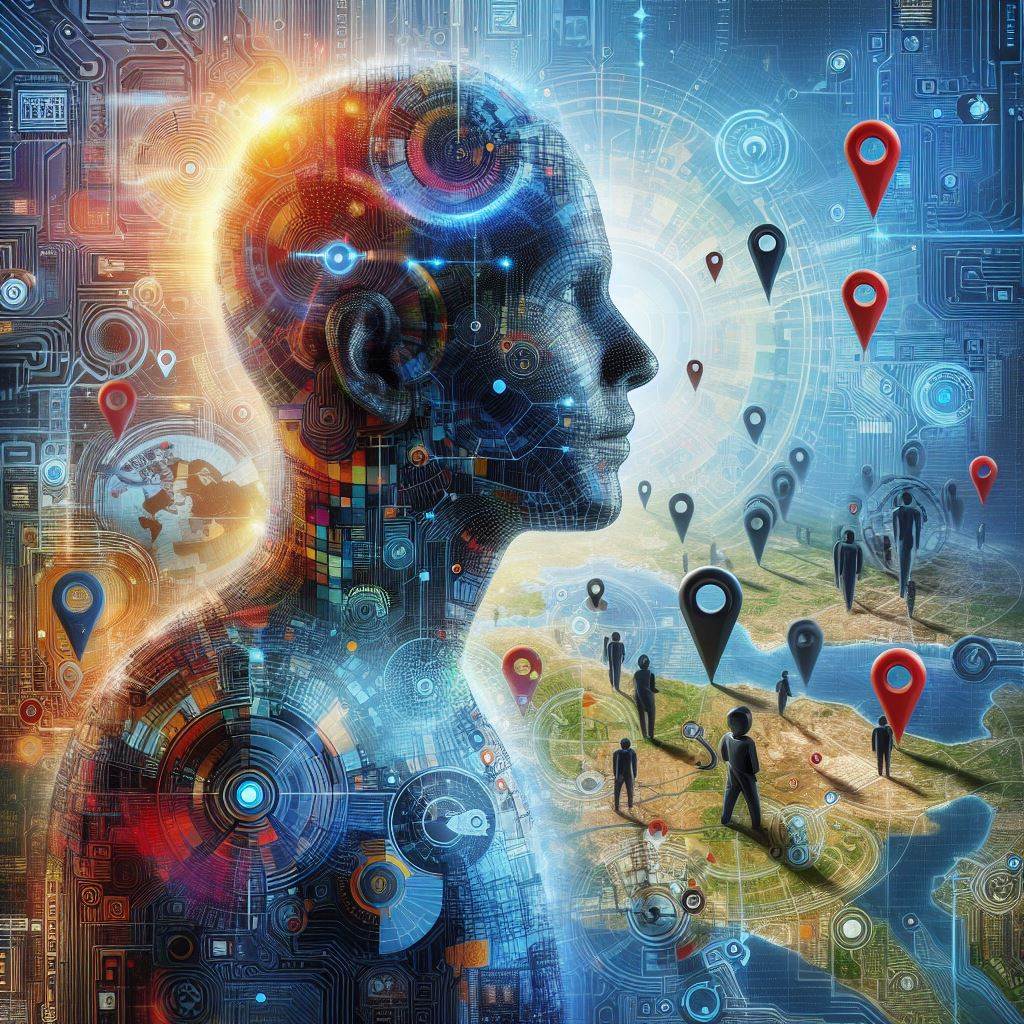
Google Maps, a staple navigation app used by billions worldwide, is undergoing a transformative upgrade with the integration of generative AI-powered features. In a recent blog post, Google announced the testing of this new functionality, aimed at helping users discover new places such as restaurants, bars, and shopping destinations.
The tech giant revealed that Google Maps will leverage large language models (LLM) to analyze an extensive database of over 250 million locations and contributions from more than 300 million Local Guides. By harnessing this wealth of information, Maps will offer personalized suggestions based on users' preferences and search queries.
For instance, users seeking vintage-themed merchandise will receive categorized results, including clothing stores, flea markets, and vinyl shops, accompanied by photo carousels and summaries of reviews to aid decision-making. Moreover, users can pose follow-up questions like "How about lunch?" to receive tailored recommendations and seamlessly add chosen places to lists or share them with friends.
Google Maps will also cater to users' specific inquiries, such as activities to enjoy on a rainy day, by suggesting indoor options like comedy shows or movie theaters in the vicinity, complete with reviews from previous visitors.
Initially, this groundbreaking generative AI functionality will roll out to a select group of Local Guides in the United States, with plans for wider availability in other countries yet to be disclosed. While the precise nuances of the new search results remain unclear, Google is poised to leverage generative AI to offer conversational responses akin to a knowledgeable guide, rather than presenting a traditional list of options.
Google's commitment to integrating generative AI marks just the beginning of transformative advancements in Maps, hinting at the potential for further AI-powered features in the future. As Google Maps undergoes this evolution, users can anticipate a more intuitive and personalized exploration experience, redefining how they navigate the world around them.